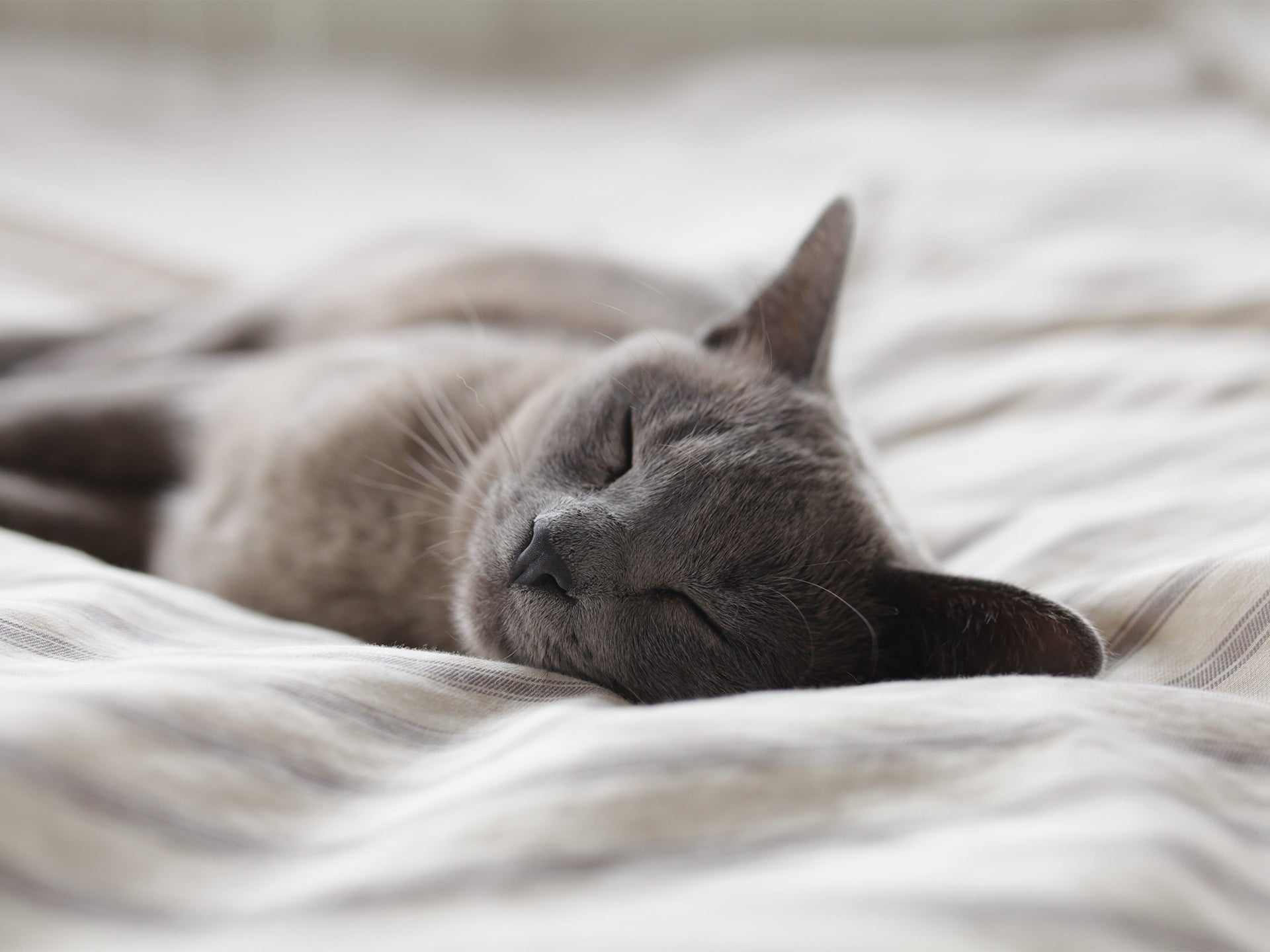Memory foam mattresses are one of the most popular mattresses today. They improve the quality of sleep by reducing tossing and turning due to discomfort or poor posture and relieves pressure on joints.
Also known as viscoelastic foam, memory foam softens in response to heat and pressure. It contours in accordance with your body, giving that "hugging" or "cradling" feeling when you lie on a memory foam mattress. When it contours to your body and you remove the pressure, it slowly bounces back and retains its original form.
The benefits of memory foam range from aligning your spine to improving blood circulation, to reducing the amount of stress on your joints. This kind of foam is especially ideal for those who are bedridden, to reduce the occurrence of gangrene, and for those who are recovering from a physical injury.
History Memory Foam Mattresses
It's quite interesting to note that the production of memory foam actually came from NASA. In 1966, during the era of the world's space race between the US and USSR, NASA contracted Charles Yost, an aeronautical engineer, to develop a kind of foam that would cushion astronauts upon takeoff. The original price was called temper foam, or T-foam, and it was meant to be a type of cushioning to relieve the stress on the body caused by high G-force upon take off that astronauts were subjected to.
The end product was never used, however, because it was not durable enough. NASA tried to sell the formula to medical companies with the intent of commercializing it but most companies also found it to be too brittle.
It was until Tempurpedic, a Swedish manufacturing company, was able to produce a more durable version of the T-foam, that it was made available as a commercial product.
It was first used in medical settings, such as on bedding for patients that were bedridden, since the foam greatly reduces the potential for pressure sores or gangrene.
Today, more and more manufacturers produce memory foam made from different materials and density. Memory foam is found in virtually every home or furniture store, and it's quite impressive to think that what you're lying on at night was actually meant to be used on a spacecraft.
Different Materials Used on Memory Foam
Memory foam is also known as viscoelastic foam because it features viscosity and elasticity. Memory foam is a type of high-density polyurethane foam, which contains compounds derived from petrochemicals. Not all kinds of foam that have polyurethane are memory foams, but all memory foams are made of polyurethane.
It's also important to say that memory foams are not 100% made of memory foam material. This is because if it was, you would sink in the mattress when you lie on it. Memory foam mattresses feature layers of foam on different thicknesses and densities that create the perfect balance of comfort and support.
Let's take a look at 3 of the most common materials used on memory foam mattresses:
1.Polyurethane Foam
Also known as poly-foam, polyurethane foam is the least expensive and the lowest quality of all types of foam. It has a tendency to collapse when pressure is applied, and it is created by adding various compounds and additives of polyurethane.
Polyurethane consists of compounds derived from petrochemicals, which are obtained from petroleum or other fossil fuels. These fossil fuels are packed and compressed to a certain density to create foam.
This is the main component of memory foam, along with other layers of foam.
2.Latex Foam
Latex is derived from the rubber tree. It is one of the most environmentally-friendly foam materials on earth and is known for its durability and firmness. Memory foam mattressed mixed with latex are firmer and provide more support than regular polyurethane. They maintain support and do not get softer.
They offer pinpointed cushioning and push more against your weight, bouncing back more quickly. When you purchase latex-blend memory foam, it lasts longer than regular memory foam, but it offers less cushioning.
3.Gel-Infused Memory Foam
One of the most common complaints with memory foam is that it gets hot. Gel-infused memory foam is regular memory foam either injected with gel, copper, or graphite. Other memory foams have a layer of cooling gel on the upper layer, helping to keep you cool, and improving your quality of sleep. These are especially ideal for individuals who suffer from severe aches and pains.
The quality of memory foam mattresses depends on density. The higher the density, the better the foam is. The average memory foam has a density of 2 to 5 pounds per cubic foot, with some foams even reaching up to 10 pounds per cubic foot.
The higher the density, the more comfortable, and the more durable.
However, it is to be noted that not all manufacturers provide information on density, which means your needs will have the be the gauge whether you choose to have regular memory foam, a latex-hybrid, or gel-infused memory foam.






